
The Heartbeat of Southwest Culture: Downtown Santa Fe
Discover the rich tapestry of art, history, and culture in Downtown Santa Fe, where the past meets the present in one of America's most unique and inviting neighborhoods.
Downtown Santa Fe is a vibrant blend of rich history, stunning art, and unique Southwestern culture. Nestled in the foothills of the Sangre de Cristo Mountains, this charming neighborhood invites you to explore its centuries-old adobe buildings, cobblestone streets, and colorful markets. The historic Santa Fe Plaza is the focal point, where locals and visitors alike gather for festivals, live music, and a taste of authentic New Mexican cuisine. Art lovers will find themselves in paradise with the multitude of galleries and museums. The Georgia O'Keeffe Museum is a must-visit, showcasing the life and works of the iconic artist. The Museum of International Folk Art and the New Mexico Museum of Art offer diverse collections that reflect the region's cultural heritage. Don't forget to visit the Canyon Road Arts District, a picturesque street lined with galleries featuring contemporary and traditional art. For those seeking a more spiritual experience, the Loretto Chapel with its miraculous staircase, and the Cathedral Basilica of St. Francis of Assisi provide serene spaces for reflection. The Railyard District, a short walk from the Plaza, offers a more modern twist with its trendy boutiques, art spaces, and the bustling Santa Fe Farmers Market. Food enthusiasts will delight in the local cuisine, characterized by its bold flavors and use of red and green chilies. From upscale dining at La Fonda on the Plaza to casual bites at the Shed, there's something to satisfy every palate. Be sure to take a leisurely stroll to discover hidden courtyards, charming shops, and street vendors selling handmade crafts and jewelry.
Local tips in Downtown Santa Fe
- Wear comfortable walking shoes as the best way to explore Downtown Santa Fe is on foot.
- Visit the Santa Fe Plaza early in the morning or late afternoon to avoid the crowds.
- Don't miss the Santa Fe Farmers Market on Saturdays for fresh produce and local crafts.
- Plan your visit around one of the many annual festivals, such as the Santa Fe Indian Market or the Spanish Market.
- Try both red and green chilies in your meals; locals call this 'Christmas-style'.
Iconic landmarks you can’t miss
Meow Wolf Santa Fe
Experience the imaginative realm of Meow Wolf Santa Fe, where art and storytelling blend into an unforgettable immersive adventure.
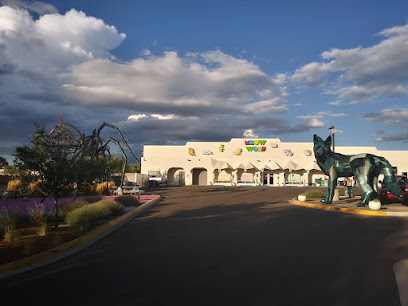
Santa Fe Plaza
Discover the vibrant cultural heart of Santa Fe at Santa Fe Plaza, where history meets art in a stunning adobe setting.
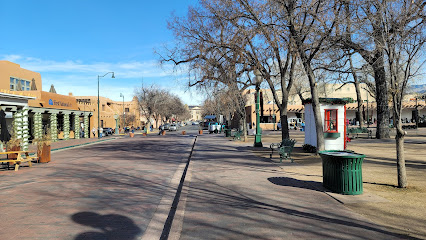
Georgia O'Keeffe Museum
Discover the vibrant art and legacy of Georgia O'Keeffe at her dedicated museum in Santa Fe, celebrating her iconic works and inspirations.

The Cathedral Basilica of St. Francis of Assisi
Explore the stunning beauty and spiritual serenity of the Cathedral Basilica of St. Francis of Assisi in Santa Fe, a masterpiece of architecture and history.

Oldest House Museum
Explore the Oldest House Museum in Santa Fe, a historic gem showcasing the city's rich cultural heritage and unique adobe architecture.

SITE SANTA FE
Discover the innovative world of contemporary art at SITE SANTA FE, a premier museum showcasing dynamic exhibitions and engaging programs in New Mexico.
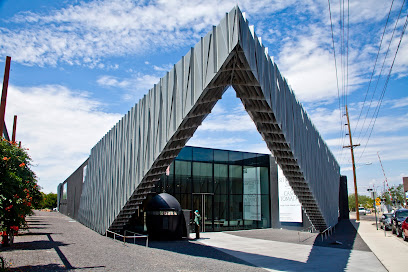
New Mexico History Museum
Discover the fascinating history of New Mexico at the New Mexico History Museum, where diverse cultures and stories come alive through engaging exhibits.
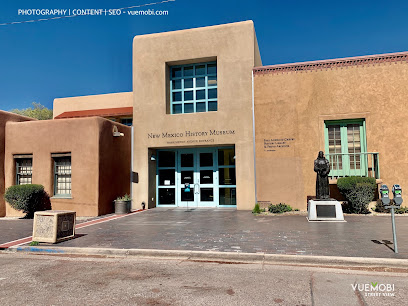
Palace of the Governors at New Mexico History Museum
Explore the Palace of the Governors, a historic museum in Santa Fe that showcases New Mexico's rich cultural heritage and fascinating history.

Santa Fe Pioneer Monument
Discover the Santa Fe Pioneer Monument, a historical landmark celebrating the spirit and heritage of New Mexico's pioneers in the heart of Santa Fe.
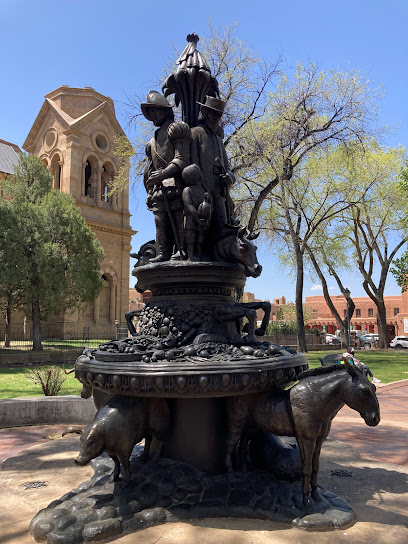
Unmissable attractions to see
Meow Wolf Santa Fe
Experience the immersive art wonderland of Meow Wolf Santa Fe, where storytelling and creativity collide in an unforgettable adventure.
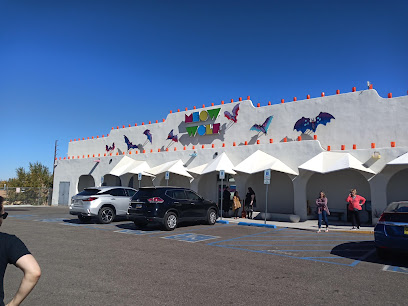
Santa Fe Plaza
Discover the vibrant cultural heart of Santa Fe at the historic Plaza, an essential destination for art, history, and celebration.
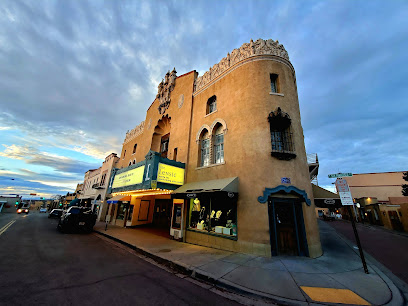
Georgia O'Keeffe Museum
Discover the beauty of New Mexico through the eyes of Georgia O'Keeffe at this renowned art museum in Santa Fe.
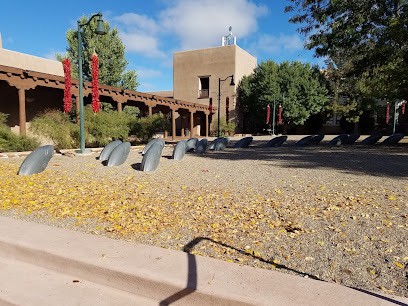
The Cathedral Basilica of St. Francis of Assisi
Explore the architectural beauty and spiritual serenity of the Cathedral Basilica of St. Francis of Assisi in Santa Fe, New Mexico, a must-see tourist attraction.
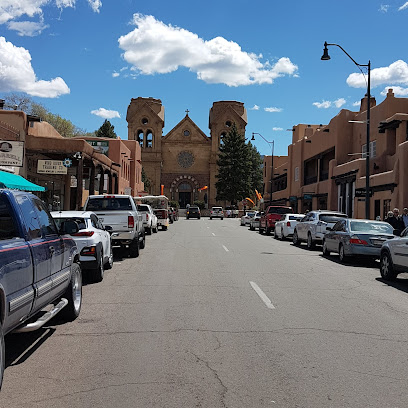
Museum of International Folk Art
Explore a world of cultural diversity at the Museum of International Folk Art in Santa Fe, showcasing extraordinary folk art from around the globe.
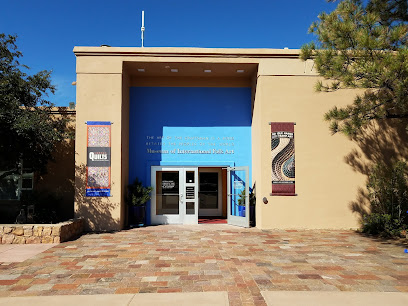
Museum of Indian Arts & Culture
Discover the rich tapestry of Native American cultures at the Museum of Indian Arts & Culture in Santa Fe, where history and art come alive.
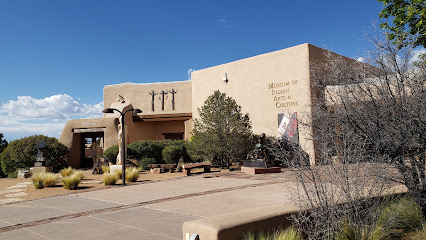
Santa Fe Botanical Garden
Discover the stunning landscapes and vibrant ecosystems at Santa Fe Botanical Garden, a serene retreat celebrating the beauty of New Mexico's native plants.

Santa Fe Children's Museum
Experience the joy of discovery at Santa Fe Children's Museum, where fun and learning come together in an interactive environment for kids.
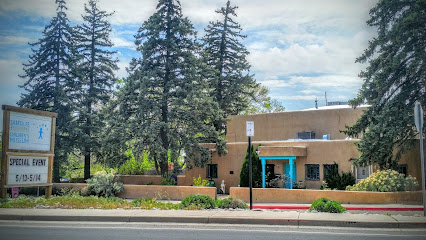
Essential places to dine
Plaza Cafe Downtown
Experience authentic Southwestern American cuisine at Plaza Cafe Downtown in Santa Fe—where tradition meets flavor.
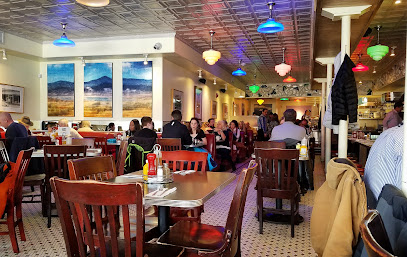
The Shed
Experience authentic Mexican cuisine at The Shed in Santa Fe, where vibrant flavors meet warm hospitality in a charming setting.
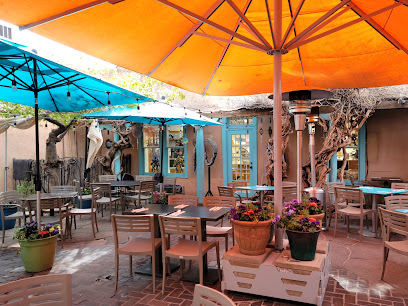
Coyote Cafe & Rooftop Cantina
Experience the vibrant flavors of Southwestern American cuisine at Coyote Cafe & Rooftop Cantina in Santa Fe.
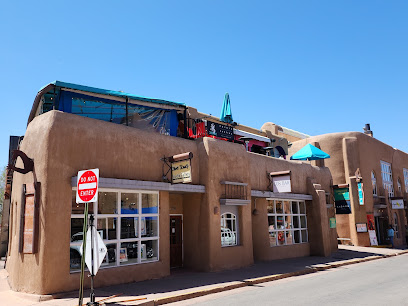
Cafe Pasqual's
Experience the vibrant flavors of Southwestern American cuisine at Café Pasqual's in Santa Fe—where every meal is a celebration of local culture.
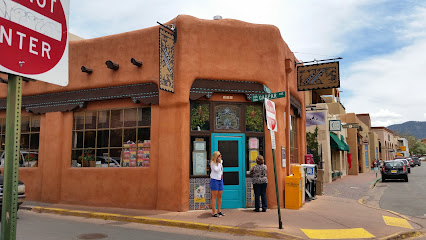
La Boca
Discover La Boca: A premier tapas bar in Santa Fe offering exquisite small plates and an extensive wine selection that reflects the essence of Spanish cuisine.
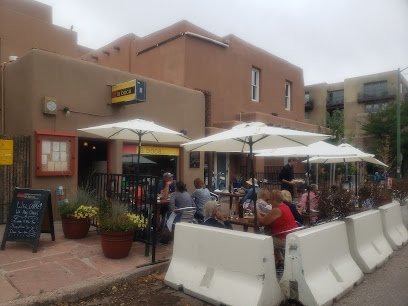
Casa Chimayo
Discover the authentic taste of Southwestern American cuisine at Casa Chimayo, where tradition meets flavor in every dish.
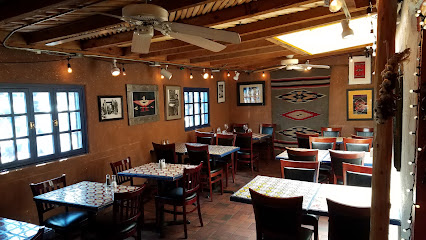
Dinner For Two
Experience culinary excellence at Dinner For Two in Santa Fe – where fine dining meets vibrant flavors in an elegant setting.
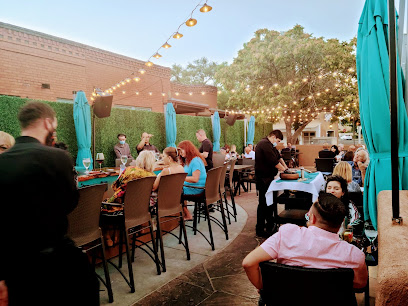
Radish & Rye
Experience innovative American cuisine at Radish & Rye in Santa Fe – where fresh ingredients meet culinary artistry.
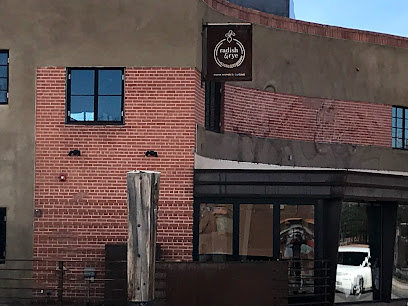
Sassella
Experience the best of Italian fine dining at Sassella in Santa Fe - where tradition meets modern elegance.
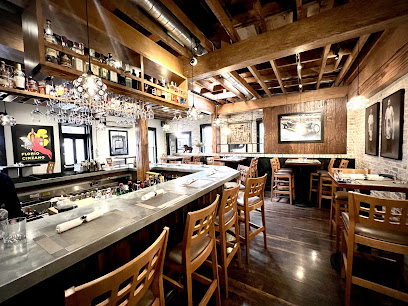
Julia - A Spirited Restaurant & Bar
Experience the vibrant flavors of Southwestern cuisine at Julia - A Spirited Restaurant & Bar in Santa Fe, NM.
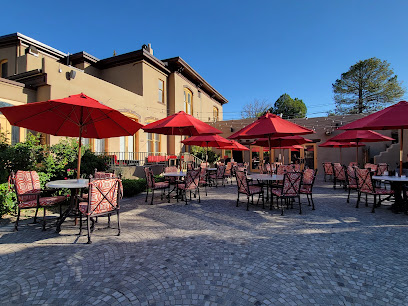
Markets, malls and hidden boutiques
Gift & Gourmet
Explore Gift & Gourmet in Santa Fe for unique artisan gifts and gourmet treats that capture the essence of New Mexico's vibrant culture.
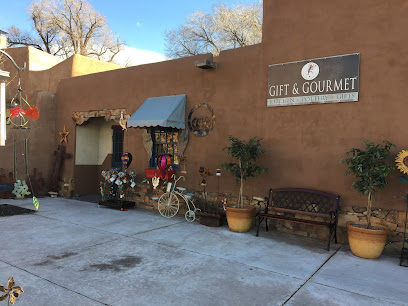
Original Trading Post
Discover the rich tapestry of Native American artistry at the Original Trading Post in Santa Fe, where culture and craftsmanship come together.
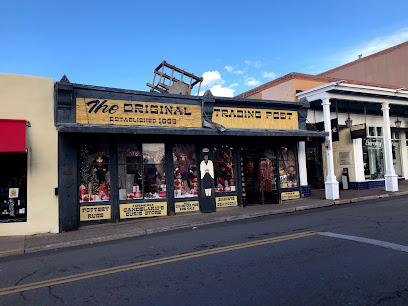
El Nicho
Discover unique, handcrafted gifts by local artisans in Santa Fe's charming El Nicho gift shop, a must-visit for a taste of local culture and artistry.
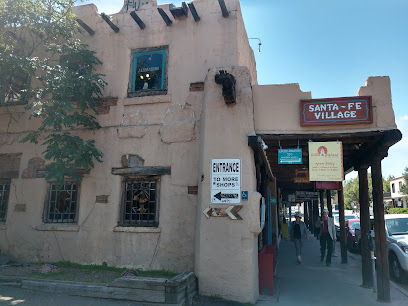
Yippee Yi Yo
Explore Yippee Yi Yo, a unique gift shop in Santa Fe, for locally crafted treasures and one-of-a-kind souvenirs that embody the spirit of New Mexico.
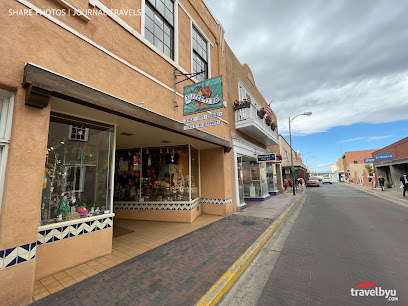
Sunwest on the Plaza
Discover the artistry of Native American culture at Sunwest on the Plaza, where unique gifts and pottery await in the heart of Santa Fe.
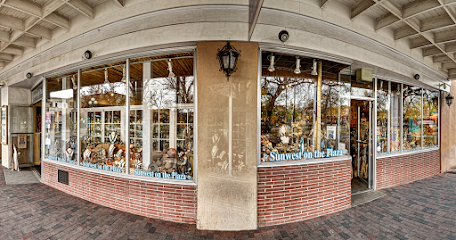
Santa Fe Hemp
Discover unique hemp-based gifts and clothing in the heart of Santa Fe, reflecting the vibrant culture and artistry of New Mexico.
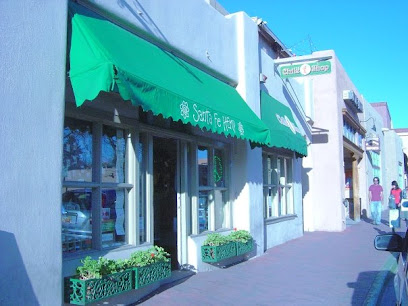
Santa Fe VINTAGE OUTPOST
Discover unique vintage clothing and accessories at Santa Fe Vintage Outpost, a charming destination in the heart of Santa Fe, New Mexico.
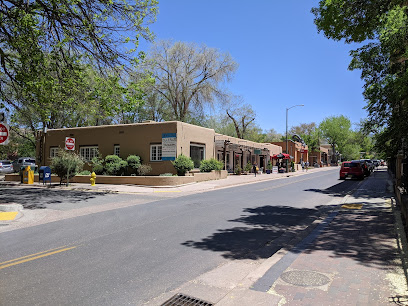
Santa Maria Provisions
Explore Santa Maria Provisions in Santa Fe for unique gifts and authentic local artistry that capture the essence of New Mexico.

Folklore
Explore the artistic treasures of Folklore, an exceptional art gallery and boutique in Santa Fe, celebrating local creativity and culture.
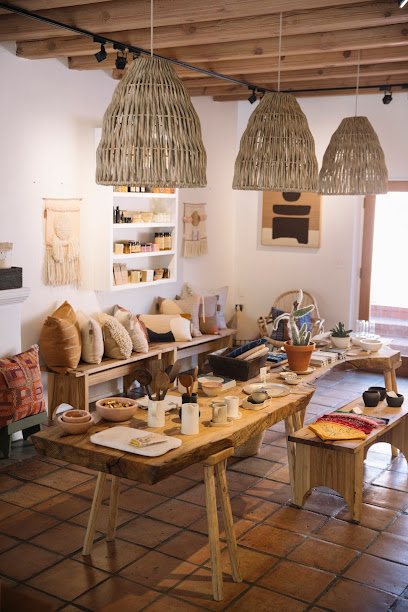
Santa Fe Unique
Experience the essence of Santa Fe with unique artisan gifts and local artistry at Santa Fe Unique, the heart of New Mexico's creative spirit.
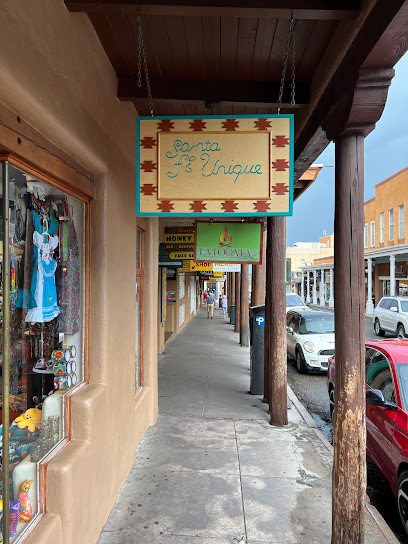
Essential bars & hidden hideouts
Coyote Cafe & Rooftop Cantina
Discover the vibrant flavors of Santa Fe at Coyote Cafe & Rooftop Cantina, where Southwestern cuisine meets a lively atmosphere and stunning views.
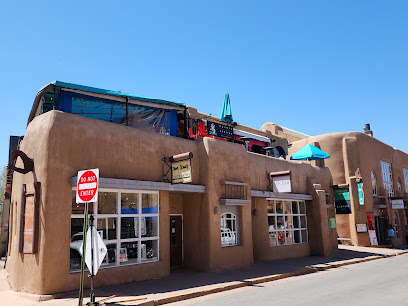
BOXCAR
Discover BOXCAR in Santa Fe - a vibrant sports bar and gastropub offering delicious American cuisine, craft cocktails, and live music in a lively atmosphere.
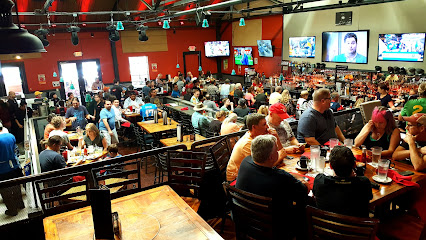
The Matador
Experience the vibrant nightlife of Santa Fe at The Matador, where great drinks and a lively atmosphere come together.
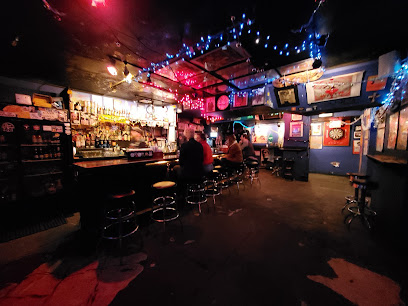
Tonic
Discover Tonic, Santa Fe's chic cocktail bar with a speakeasy vibe and innovative drinks, perfect for a relaxing night out.
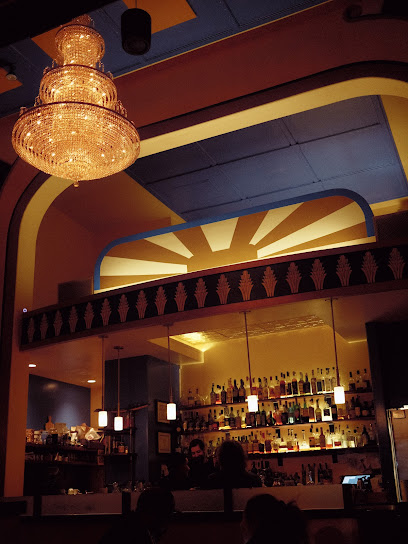
Evangelo's
Discover Evangelo's, a lively cocktail lounge in Santa Fe, offering innovative drinks and a vibrant atmosphere perfect for unwinding.
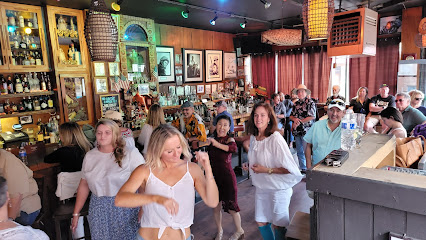
Secreto Lounge
Experience the essence of Santa Fe nightlife at Secreto Lounge, where exquisite cocktails and a chic ambiance await every visitor.
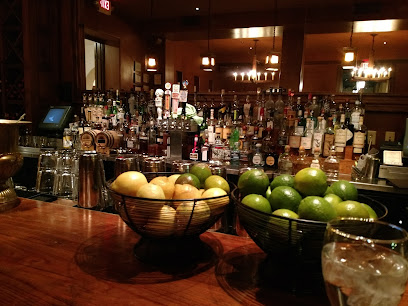
La Fiesta Lounge
Discover the lively charm of La Fiesta Lounge in Santa Fe, where delicious drinks, live music, and a vibrant atmosphere await.
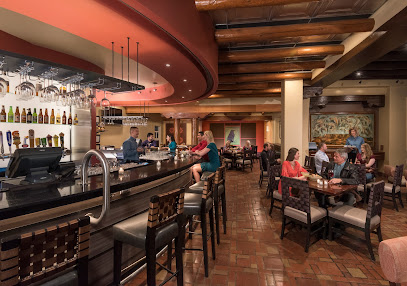
La Reina
Explore La Reina in Santa Fe, where vibrant cocktails and a lively atmosphere create unforgettable evenings.
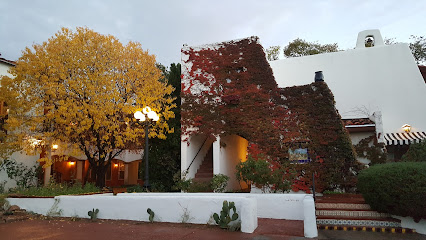
AGAVE Restaurant & Lounge
Savor the flavors of Santa Fe at AGAVE Restaurant & Lounge, where contemporary cuisine meets a vibrant atmosphere.

Club Legato
Discover the melodic charm of Club Legato, Santa Fe's premier piano bar, where live music meets a sophisticated atmosphere.
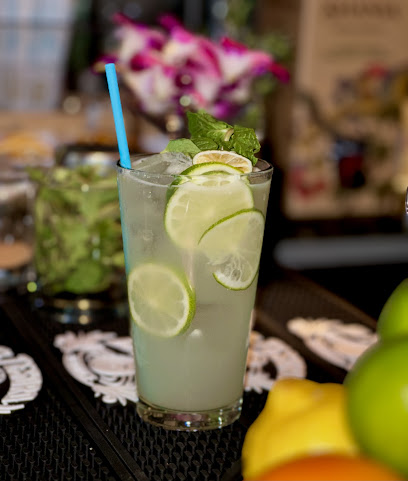
Local Phrases
-
- HelloHola
[oh-lah] - GoodbyeAdiós
[ah-dee-ohs] - YesSí
[see] - NoNo
[noh] - Please/You're welcomePor favor/De nada
[por fah-vohr/deh nah-dah] - Thank youGracias
[grah-see-ahs] - Excuse me/SorryPerdón/Lo siento
[pair-dohn/loh see-ehn-toh] - How are you?¿Cómo estás?
[koh-moh ehs-tahs] - Fine. And you?Bien. ¿Y tú?
[byehn. ee too] - Do you speak English?¿Hablas inglés?
[ah-blahs een-glays] - I don't understandNo entiendo
[noh ehn-tee-ehn-doh]
- HelloHola
-
- I'd like to see the menu, pleaseMe gustaría ver el menú, por favor
[may goo-stah-ree-ah behr ehl meh-noo, poor fah-vohr] - I don't eat meatNo como carne
[noh koh-moh kahr-neh] - Cheers!¡Salud!
[sah-lood] - I would like to pay, pleaseMe gustaría pagar, por favor
[may goo-stah-ree-ah pah-gahr, poor fah-vohr]
- I'd like to see the menu, pleaseMe gustaría ver el menú, por favor
-
- Help!¡Ayuda!
[ah-yoo-dah] - Go away!¡Vete!
[veh-teh] - Call the Police!Llama a la Policía
[yah-mah ah lah poh-lee-see-ah] - Call a doctor!Llama a un médico
[yah-mah ah oon meh-dee-koh] - I'm lostEstoy perdido/a
[ehs-toy pair-dee-doh/ah] - I'm illEstoy enfermo/a
[ehs-toy ehn-fehr-moh/ah]
- Help!¡Ayuda!
-
- I'd like to buy...Me gustaría comprar...
[may goo-stah-ree-ah kohm-prahr] - I'm just lookingSólo estoy mirando
[soh-loh ehs-toy mee-rahn-doh] - How much is it?¿Cuánto cuesta?
[kwan-toh kwehs-tah] - That's too expensiveEso es demasiado caro
[eh-soh ehs deh-mah-see-ah-doh kah-roh] - Can you lower the price?¿Puedes bajar el precio?
[pweh-dehs bah-hahr ehl pree-syoh]
- I'd like to buy...Me gustaría comprar...
-
- What time is it?¿Qué hora es?
[keh oh-rah ehs] - It's one o'clockEs la una
[ehs lah oo-nah] - Half past (10)Y media (10)
[ee meh-dee-ah (deez)] - MorningMañana
[mah-nyah-nah] - AfternoonTarde
[tahr-deh] - EveningNoche
[noh-cheh] - YesterdayAyer
[ah-yehr] - TodayHoy
[oy] - TomorrowMañana
[mah-nyah-nah] - 1Uno
[oo-noh] - 2Dos
[dohs] - 3Tres
[trehs] - 4Cuatro
[kwa-troh] - 5Cinco
[seen-koh] - 6Seis
[says] - 7Siete
[syeh-teh] - 8Ocho
[oh-choh] - 9Nueve
[nweh-veh] - 10Diez
[dyehs]
- What time is it?¿Qué hora es?
-
- Where's a/the...?¿Dónde está un/el...?
[dohn-deh ehs-tah oon/ehl] - What's the address?¿Cuál es la dirección?
[kwal ehs lah dee-rehk-syohn] - Can you show me (on the map)?¿Puedes mostrarme (en el mapa)?
[pweh-dehs mohs-trar-meh (ehn ehl mah-pah)] - When's the next (bus)?¿Cuándo es el próximo (autobús)?
[kwan-doh ehs ehl proh-ksee-moh (ow-toh-boos)] - A ticket (to ....)Un boleto (para ....)
[oon boh-leh-toh (pah-rah)]
- Where's a/the...?¿Dónde está un/el...?
History of Downtown Santa Fe
-
Founded in 1610, Santa Fe is the oldest capital city in the United States. Its establishment marked the beginning of Spanish colonial influence in the region, as it served as a vital administrative and religious center. The city was originally named La Villa Real de la Santa Fé de San Francisco de Asís, reflecting its Spanish heritage and the importance of Catholicism in its early development.
-
Throughout its history, Downtown Santa Fe has been a crossroads of various cultures, including Native American, Spanish, Mexican, and Anglo influences. This blend is evident in the architecture, cuisine, and festivals celebrated in the area. The Pueblo style architecture, characterized by adobe buildings and earthy tones, showcases the indigenous roots, while the vibrant arts scene reflects the city's diverse cultural tapestry.
-
Established in the early 19th century, the Santa Fe Trail was a significant trade route connecting Missouri to Santa Fe. This trail facilitated commerce and cultural exchange between the eastern United States and the Southwest. It played a crucial role in the economic development of Santa Fe and helped establish the city as a key trading hub in the region's history.
-
The outcome of the Mexican-American War (1846-1848) resulted in Santa Fe becoming part of the United States under the Treaty of Guadalupe Hidalgo. This transition marked a significant shift in governance and culture, as American settlers began to arrive, bringing new economic practices and cultural influences that would shape the future of Downtown Santa Fe.
-
In the 1920s, Downtown Santa Fe emerged as a prominent center for Native American art, culminating in the establishment of the Santa Fe Indian Market in 1922. This annual event has grown to become one of the largest and most prestigious Native American art markets in the world, showcasing the vibrant artistic traditions of various tribes and fostering a deeper appreciation for indigenous culture.
-
In the latter half of the 20th century, efforts to preserve the historic character of Downtown Santa Fe intensified, leading to the establishment of the Santa Fe Historic District. This initiative aimed to protect the unique architectural heritage of the area while balancing the needs for modern development. The result is a downtown that retains its historic charm while accommodating contemporary businesses and cultural institutions.
Downtown Santa Fe Essentials
-
Downtown Santa Fe is easily accessible from various neighborhoods in Santa Fe. If you're coming from the Santa Fe Airport, you can take a taxi or rideshare service, which typically takes about 20 minutes. For those using public transport, the Santa Fe Trails bus service connects the airport to downtown, though you may need to transfer. If you're coming from other neighborhoods like the Historic District or the Railyard Arts District, walking is a pleasant option, as the distance is manageable and the streets are pedestrian-friendly.
-
Downtown Santa Fe is best explored on foot due to its compact size and pedestrian-friendly streets. The Santa Fe Trails bus service also operates throughout the city, providing an affordable option for longer distances. Bicycles can be rented from several local shops, and there are bike lanes on major roads. For those wishing to explore the surrounding areas, taxis and rideshare services are readily available.
-
Downtown Santa Fe is generally safe for tourists, but common sense precautions should be taken. Avoid walking alone at night in less populated areas, especially around the outskirts of downtown. Petty crimes, such as pickpocketing, can occur in crowded tourist spots. Areas to be cautious of include sections around the Plaza at night, as well as isolated alleys. Stay aware of your surroundings and secure your belongings.
-
In case of an emergency, dial 911 for immediate assistance. The local hospital, Christus St. Vincent Regional Medical Center, is located just a few minutes from downtown. For minor health issues, there are several pharmacies in the area. Be aware of your surroundings and familiarize yourself with the nearest emergency services locations upon arrival.
-
Fashion: Do dress comfortably and in layers, as the weather can change quickly. Avoid overly casual attire when dining in upscale restaurants. Religion: Do respect local customs, especially in religious sites, such as covering shoulders when entering churches. Public Transport: Do be polite to drivers and fellow passengers. Don't use your phone loudly while on public transport. Greetings: Do greet locals with a friendly smile and a simple 'hello'. Eating & Drinking: Do try the local cuisine, particularly green chile dishes. Don't bring outside food or drinks into restaurants, as it is generally frowned upon.
-
To experience Downtown Santa Fe like a local, visit the local markets such as the Santa Fe Farmers Market for fresh produce and local artisan goods. Engage with local artists and shopkeepers, who often enjoy sharing their stories. Attend local events or festivals, which are plentiful throughout the year, to immerse yourself in the community vibe. For a unique experience, consider joining a guided walking tour that explores the rich history and culture of the area.
Nearby Cities to Downtown Santa Fe
-
Things To Do in Sante Fe
-
Things To Do in Los Alamos
-
Things To Do in Las Vegas
-
Things To Do in Bernalillo
-
Things To Do in Taos
-
Things To Do in Albuquerque
-
Things To Do in Alamosa
-
Things To Do in Pagosa Springs
-
Things To Do in Socorro
-
Things To Do in Trinidad
-
Things To Do in Farmington
-
Things To Do in Durango
-
Things To Do in Gallup
-
Things To Do in Ruidoso
-
Things To Do in Roswell



